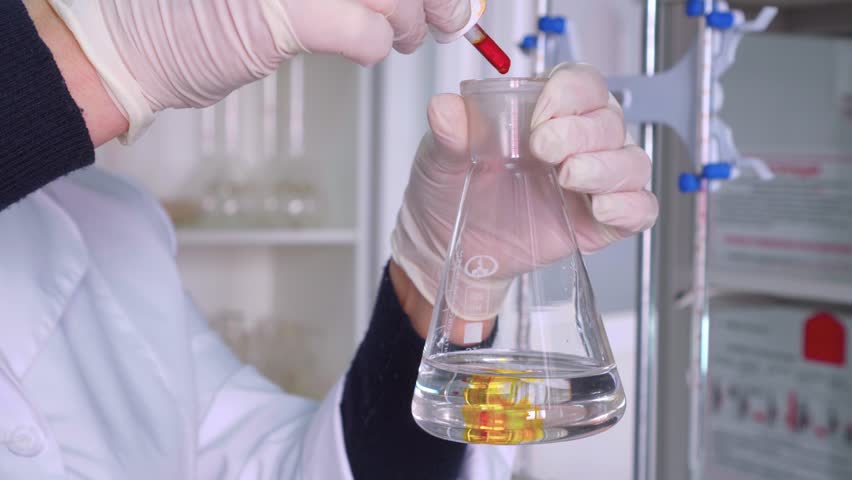We have introduced to you that the over-iodometric method is suitable for relatively clean water quality testing. If the tested water sample contains oxidizing and reducing substances, as well as excessive suspended solids, it will interfere with the final result. If you want to obtain accurate DO parameters, you need to eliminate these interfering substances in the detection operation. For example, potassium permanganate can eliminate the interference of iron ions. When it does not contain other oxides and reducing substances, and the iron ion in the water sample reaches 100-200mg/L, you can also add 1mL400g/L potassium fluoride solution to eliminate it, or use phosphoric acid instead of sulfuric acid for acidification and then perform titration detection.
In addition, when the water contains nitrite, you can also use sodium azide for decomposition and elimination.

Apparatus and reagents used in sodium azide correction method
(1) 250-300mL dissolved oxygen bottle, 250mL conical flask
(2) Alkaline potassium iodide-sodium azide solution
Dissolve 500 sodium hydroxide in 300-400mL distilled water; dissolve 150g potassium iodide (or 135g sodium iodide) in 200mL distilled water, dissolve 10g sodium azide in 40mL distilled water, mix the three solutions and dilute with distilled water to 1000mnL, store in In a brown bottle. Tighten it with a rubber stopper and store it in the dark.
(3) 400g/L potassium fluoride solution
Weigh 40g potassium fluoride KF·2H2O dissolved in water, dilute with water to 100mL and store in a polyethylene bottle.
(3) (1+5) Sulfuric acid solution.
(4) 1% starch solution
Weigh 1g of soluble starch, use a small amount of water to make a paste, and then add 100ml of water that has just been boiled (also can be heated for 1~2min). After cooling, add 0.1g salicylic acid or 0.4 zinc chloride for corrosion protection.
(5) Potassium dichromate standard solution C (1/6K2Cr2Oh)=0.0250mol/L
Weigh 1.2258g of premium grade pure potassium dichromate dried at 105~110℃ for 2h, dissolve it and transfer it into a 1000ml volumetric flask, dilute with water to the mark and shake it well.
(6) Sodium thiosulfate solution
Weigh 6.2g Na2S2O3·5H2O, dissolve it in boiling and cooling water, add 0.2g anhydrous sodium carbonate, dilute to 1000ml, store in a brown reagent bottle, use 0.0250mol/L potassium dichromate standard solution before calibration.
(7) Manganese sulfate solution
Weigh 480g AnSO·4H2O or 364g AnSO,·H2O dissolved in water and dilute to 100ml. This solution is added to the acidified potassium iodide solution, and it will not produce blue color when it encounters starch.
Operation steps of sodium azide correction method
In fact, the operating steps of the sodium azide correction method are basically the same as the iodometric method, except that the alkaline potassium iodide solution in the reagent is changed to sodium azide solution during the detection. If the water sample contains iron ions that interfere with the detection, follow the beginning What we are talking about is that after the water sample is collected, insert 1mL400g/L potassium fluoride solution, 1mL manganese sulfate solution and 2mL sodium azide solution with a pipette under the page, close the bottle cap and mix well, and then use iodine Method for precipitation and titration operations.
Precautions for Sodium Azide Modification Method
Sodium azide is a highly toxic and explosive reagent, so sodium azide should not be directly acidified during testing, otherwise it will produce toxic azide mist and cause harm to analysts.



